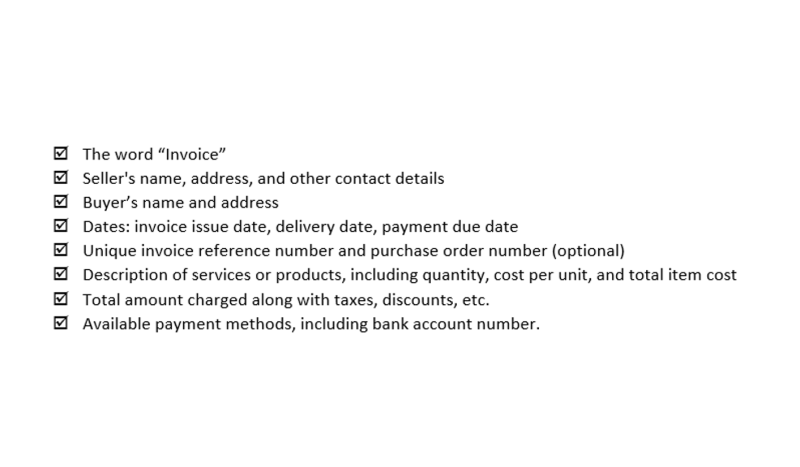Accumulated Depreciation and Depreciation Expense

Suppose that a company purchased $100 million in PP&E at the end of Year 0, which becomes the beginning balance for Year 1 in our PP&E roll-forward schedule. We do not manage client funds or hold custody of assets, we help users connect with relevant financial advisors. So, the accumulated depreciation for the equipment after 3 years would be $6,000. It will have a book value of $100,000 at the end of its useful life in 10 years.
- Depreciation represents an asset’s decrease in value over a specific timeframe.
- We capitalize such assets to match the expense of the asset to the total period it proves economically beneficial to the company.
- Many companies rely on capital assets such as buildings, vehicles, equipment, and machinery as part of their operations.
- This insight helps businesses assess the need for repairs, maintenance, or potential replacements, ensuring optimal asset management.
For example, a company buys a company vehicle and plans on driving the vehicle 80,000 miles. Therefore, it would recognize 10% or (8,000 ÷ 80,000) of the depreciable base. So since the life of the toy-producing machine above is 15 years, we will add together the digits representing the number of years of the life of the assets. The estimated life of the machine is 15 years, and its salvage value is $3,000. The purpose of accumulated Depreciation is to reflect the reduction in the value of these assets over time due to wear and tear, obsolescence, or other factors. It is presented on the balance sheet, typically as a deduction from the corresponding asset.
How to calculate the accumulated depreciation – the straight-line method
Businesses subtract accumulated depreciation, a contra asset account, from the fixed asset balance to get the asset’s net book value. Assets often lose a more significant proportion of its value in the early years of its service than in its later life. You can account what is accumulated depreciation for this by weighting depreciation towards the initial years of use. Declining and double declining methods for calculating accumulated depreciation perform this function. The double declining method accounts for depreciation twice as quickly as the declining method.

If you are also familiar with provisions for loans or accounts receivable, these are also the contra account of loans or receivables so that the loan or AR will be reported at the net in the balance sheet. Whenever a company records depreciation as an expense, they must report the same amount as credit to accumulated depreciation. Subtracting the estimated salvage value (the estimated value of the asset at the end of its useful life) from the cost of the asset gives you the total depreciable amount. Martin loves entrepreneurship and has helped dozens of entrepreneurs by validating the business idea, finding scalable customer acquisition channels, and building a data-driven organization. During his time working in investment banking, tech startups, and industry-leading companies he gained extensive knowledge in using different software tools to optimize business processes. CalculateStuff offers a variety of supporting information to make understanding depreciation calculation much easier.
Debiting Accumulated Depreciation
If a company decides to purchase a fixed asset (PP&E), the total cash expenditure is incurred in once instance in the current period. The same is true for many big purchases, and that’s why businesses must depreciate most assets for financial reporting purposes. Accumulated depreciation is an important component of a business’s comprehensive financial plan. This type of accounting offers a realistic understanding of the company’s assets value, which can influence financial decisions. By deducting the accumulated depreciation from the initial cost of assets, businesses can determine the net book value of an asset.
Writing off only a portion of the cost each year, rather than all at once, also allows businesses to report higher net income in the year of purchase than they would otherwise. It reports an equal depreciation expense each year throughout the entire useful life of the asset until the asset is depreciated down to its salvage value. However, when your company sells or retires an asset, you’ll debit the accumulated depreciation account to remove the accumulated depreciation for that asset. For example, say Poochie’s Mobile Pet Grooming purchases a new mobile grooming van.
How to Calculate Accumulated Depreciation?
Accumulated depreciation accounts are asset accounts with a credit balance (known as a contra asset account). It appears on the balance sheet as a reduction from the gross amount of fixed assets reported. Companies take depreciation regularly so they can move their assets’ costs from their balance sheets to their income statements. When a company buys an asset, it records the transaction as a debit to increase an asset account on the balance sheet and a credit to reduce cash (or increase accounts payable), which is also on the balance sheet. Neither journal entry affects the income statement, where revenues and expenses are reported. Accumulated depreciation is typically shown in the Fixed Assets or Property, Plant & Equipment section of the balance sheet, as it is a contra-asset account of the company’s fixed assets.
- At the end of the year, Company A uses the straight-line method to calculate the depreciation for the van, arriving at an annual expense of $2,000 ($20,000 purchase price / 10 years of useful life).
- Depreciation expense gets closed, or reduced to zero, at the end of the year with other income statement accounts.
- Depreciation is a non-cash expense representing allocating an asset’s cost over its useful life.
- After two years, the company realizes the remaining useful life is not three years but instead six years.
- Assets have economic value that benefit the company over multiple accounting periods.
- An asset is a valuable resource owned by a company, which can be used to generate future economic benefits.
- This is because Depreciation is a non-cash transaction that reflects an asset’s cost allocation over its useful life.
Determining monthly accumulated depreciation for an asset depends on the asset’s useful lifespan as defined by the IRS, as well as which accounting method you use. The cumulative depreciation of an asset up to a single point in its life is called accumulated depreciation. The carrying value of an asset on a balance sheet is the difference between its purchase price and accumulated depreciation. A business buys and holds an asset on the balance sheet until the salvage value matches the carrying value. While depreciation is recorded as an expense on the income statement, it doesn’t involve an outflow of cash.
Therefore, the accumulated depreciation reduces the fixed asset (PP&E) balance recorded on the balance sheet. The balance sheet provides lenders, creditors, investors, and you with a snapshot of your business’s financial position at a point in time. Accounts like accumulated depreciation help paint a more accurate picture of your business’s financial state. Accumulated depreciation reduces the value of the corresponding asset on the balance sheet, therefore reflecting the total depreciation expense incurred since the asset’s acquisition.



Leave a Reply